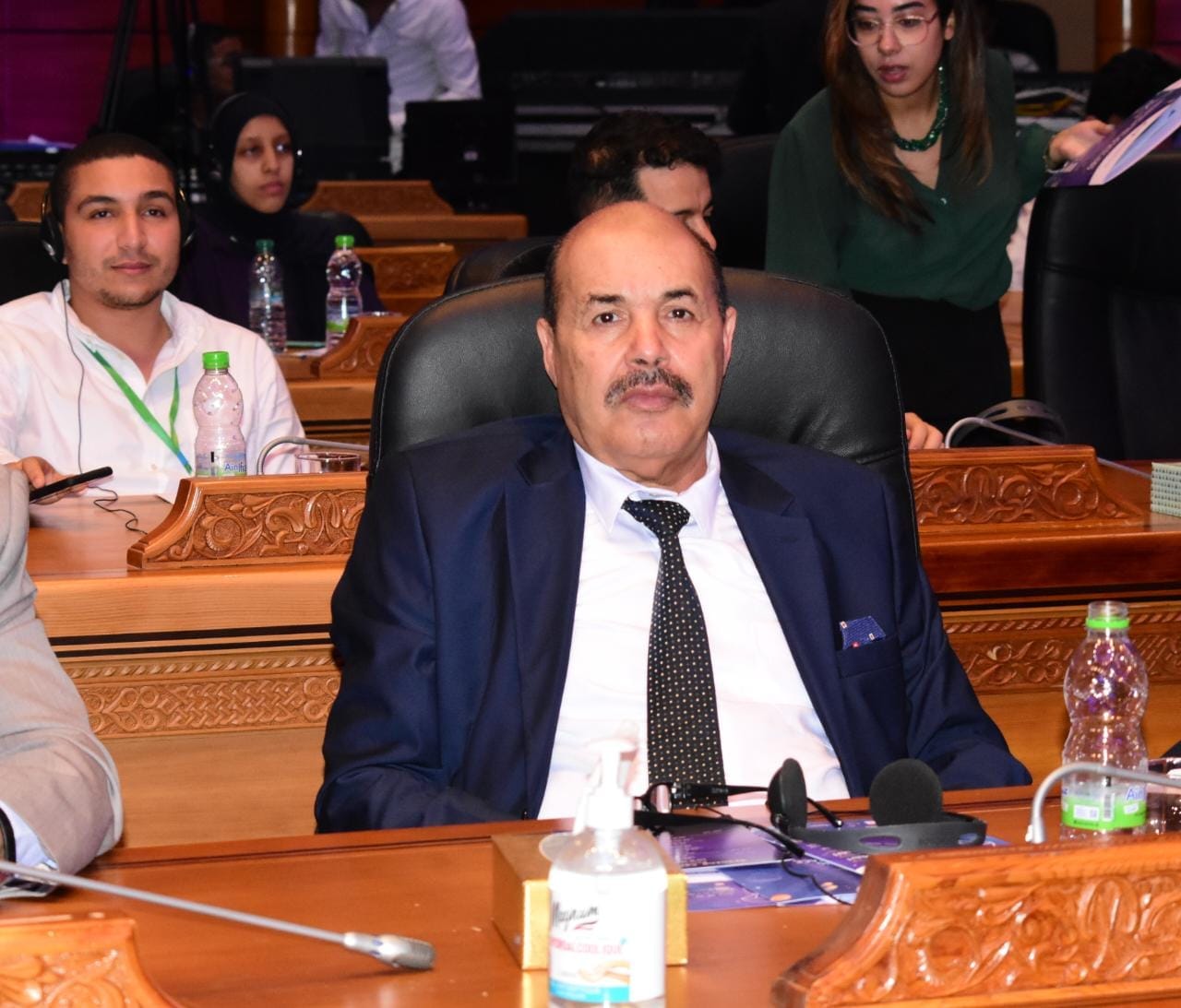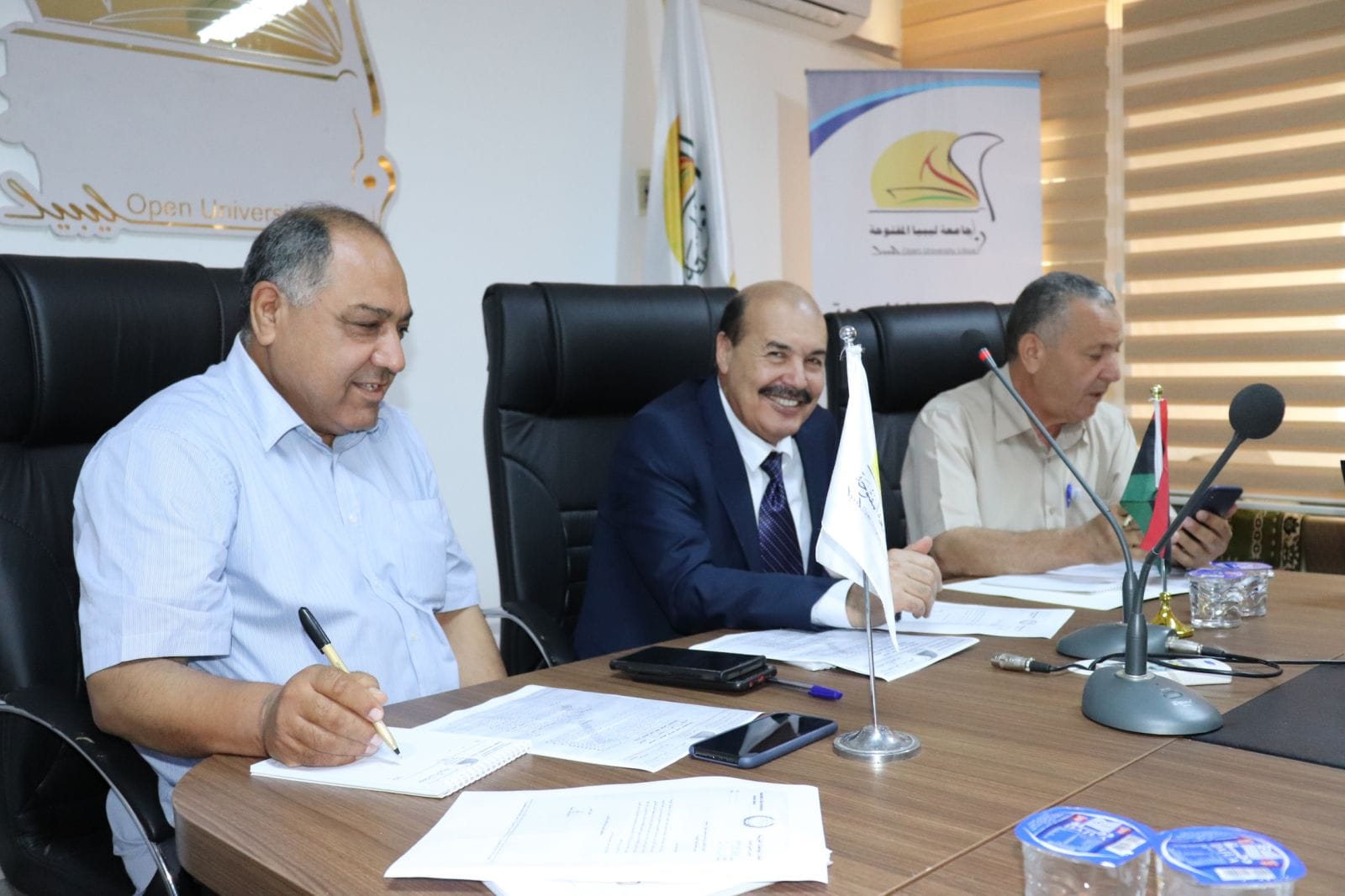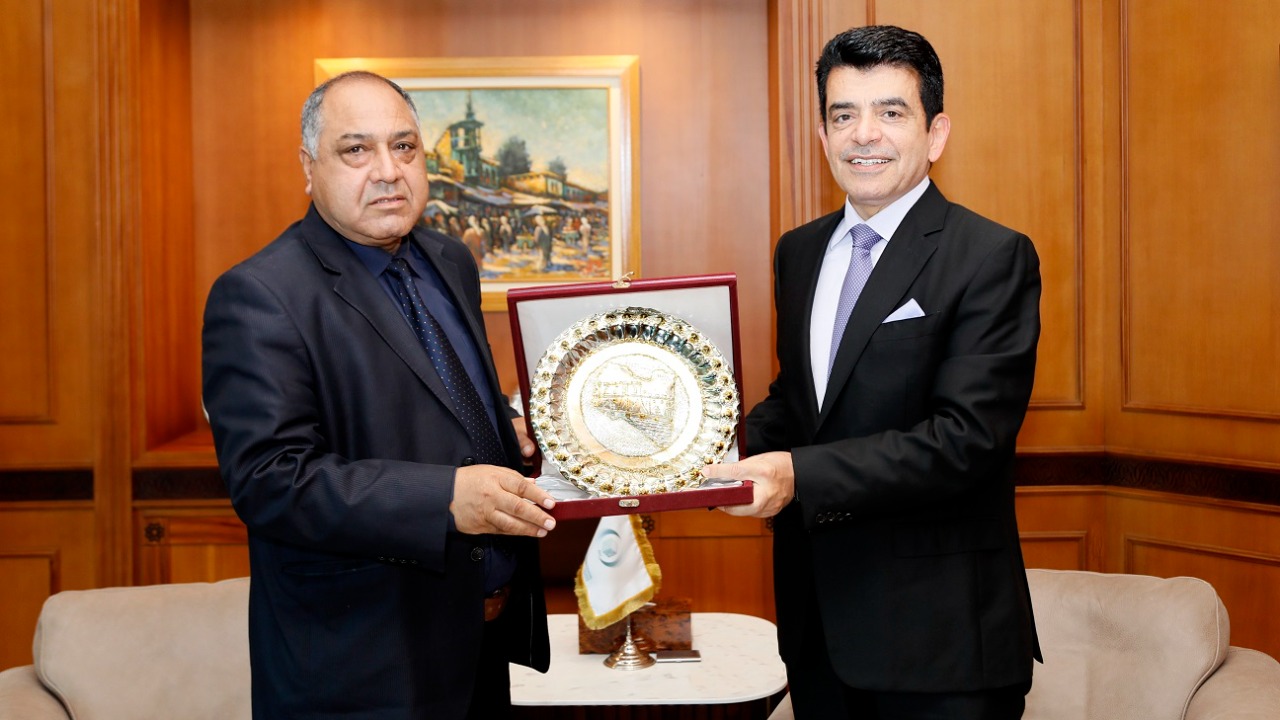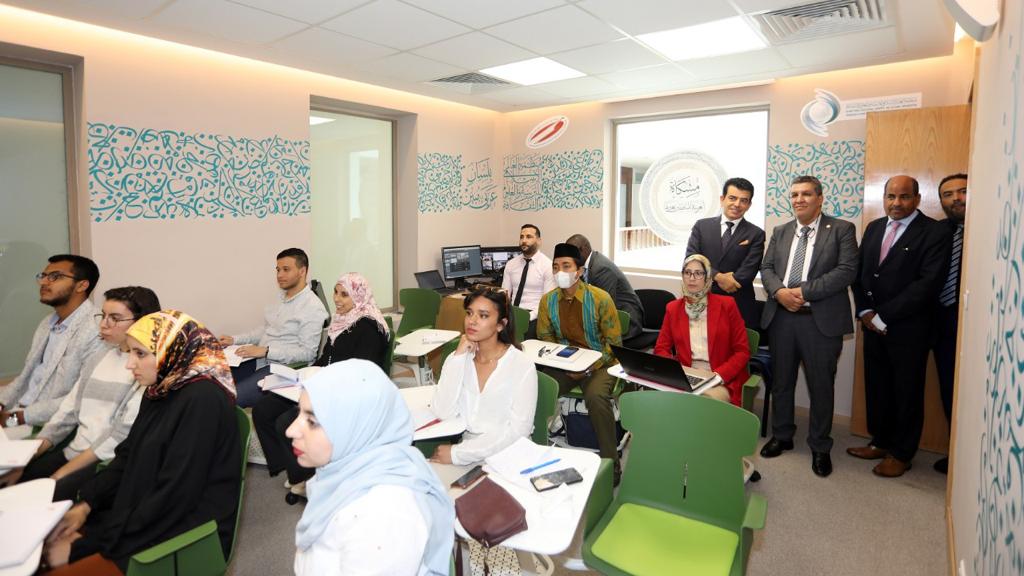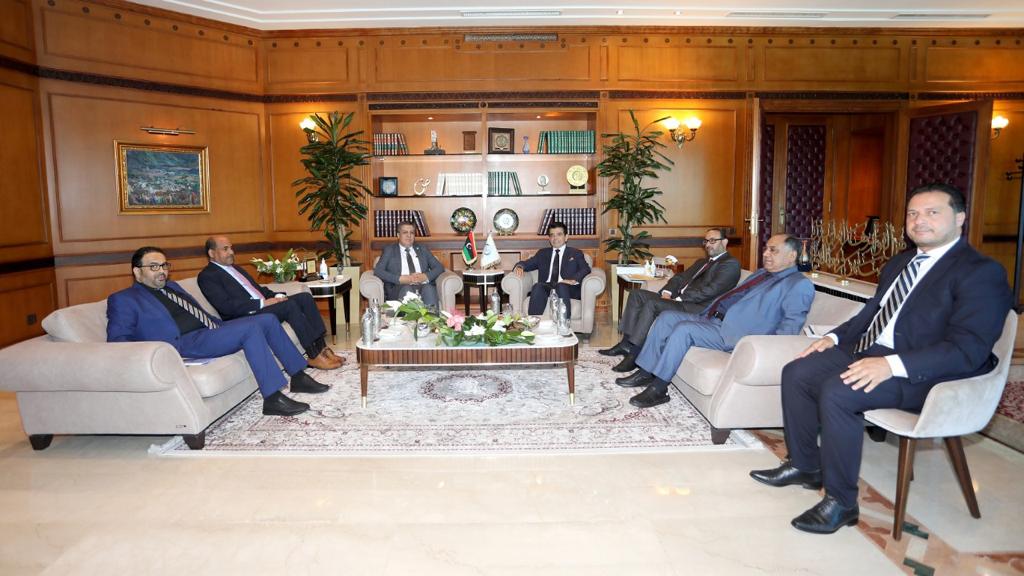APPLYING EMERGING TECHNOLOGIES
FOR ARABIC LANGUAGE PRACTICING, TEACHING, AND LEARNING
Libyan Open University, Tripoli, Libya
29-30 October 2022
To attend or participate Apply now



The project aims to answer many questions regarding ANLP, including

How
Arabic
language
can integrate
in the era
of digital
revolution.

HOW
Arabic language
teaching and
learning can
profit from the
new advances in
Information and
Communication
Technology (ICT).

How
ANLP can
aide Arabic
Speakers
with disabilities
in their
education
and work.

What
role ICT
can play to
help non-Arabic
speaking Muslims
reciting and
understand the
holy Qur’an.
Challenges
There are several characteristics that make Arabic distinctive and present many challenges for its digital processing, such as :
- Arabic is a cursive language while reading and writing are performed from right to left.
- The language consists of 28 characters which can vary depending on the position of the letter (beginning, middle, and end).
- The use of diacritics, which are placed above or below letters, give the letter different pronunciation and the word and sentences different meanings.
- The use of dots on the letters so that letters are the same but distinguished by the position and number of dots on the letter
Themes
- Arabic speech recognition
- Arabic characters recognition
- Arabic sign language recognition
- Arabic text Summarization
- Information retrieval and extraction
- Tools for Arabic learning.
- Ongoing projects on developing effective interactive systems for Arabic speakers.
Main Objectives
Improve
the integration of Arabic in the new technology using innovations such as Arabic speech and character recognition, Arabic text summarization, information retrieval and extraction, etc.
Help
hearing impaired Arabic speakers integrate in the society using new technologies, i.e. sign language recognition.
Enhance
Arabic learning using the latest innovations in the field of E-learning.
Explore
ongoing projects and success stories in this domain.
Beneficiaries
Arabic and Qur’anic learning centers, universities’ linguistic study centers, and Interested ICESCO country members.

Gallery
- All
- Gallery Item
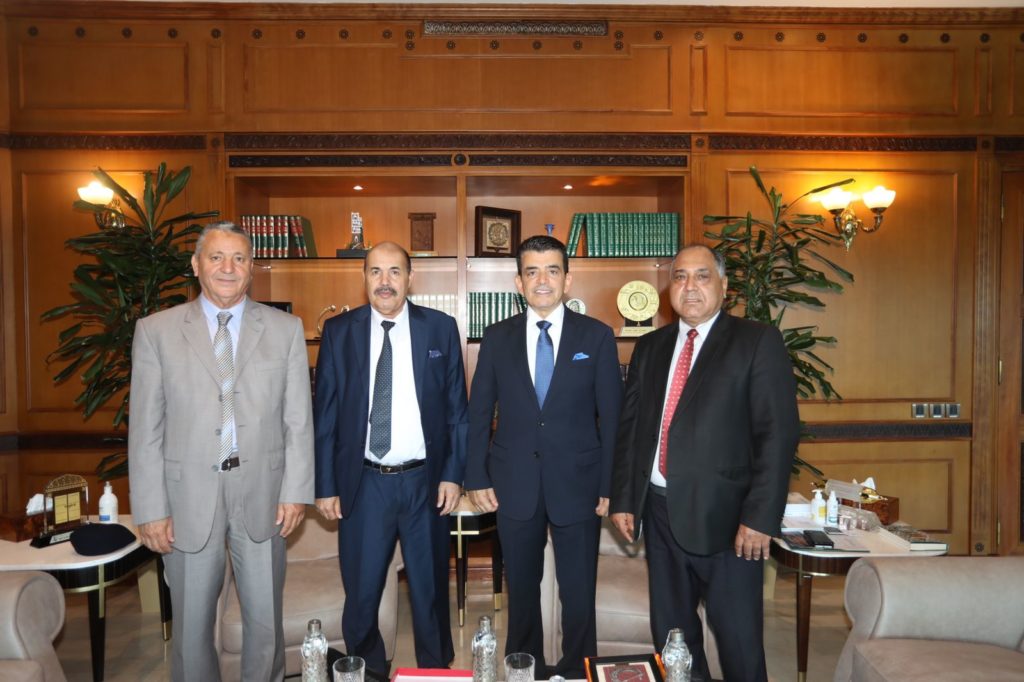
icesco meeting
University President
Meeting
Meeting
Visit by the Libyan minister
Poster
About
Arabic is spoken in 25 countries and it is estimated that there are about 313 million Arabic speakers in the whole world, making it the fifth most-spoken language globally and the fourth most used language on the Internet. It is the language of the holy Qur’an, which is the holy book of more than 1.8 billion Muslims living all over the world.
In this regard, ICESCO, through two of its Science and Technology Sector, proposes a project related to the application of emerging technologies in NLP for Arabic language processing and learning, in particular the utilization of new innovations in Artificial Intelligent technologies for Arabic Natural Language Processing (ANLP).
Join us
DaysHoursMinutesSeconds
[contact-form-7 id=”826″ title=”Contact form”]
Follow us on
- YouTube

